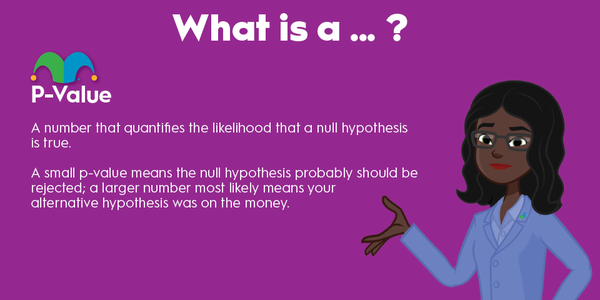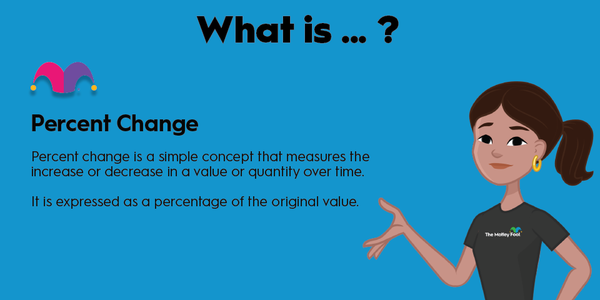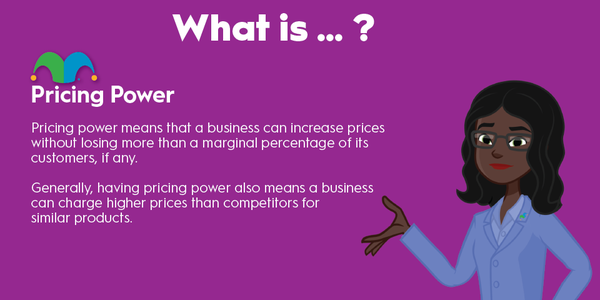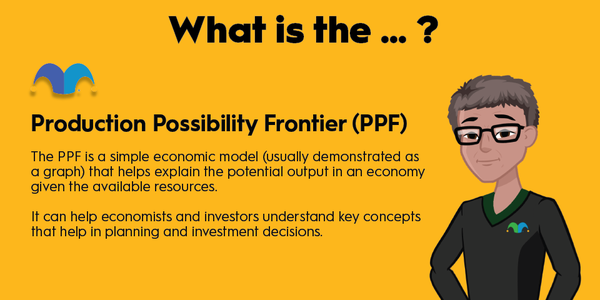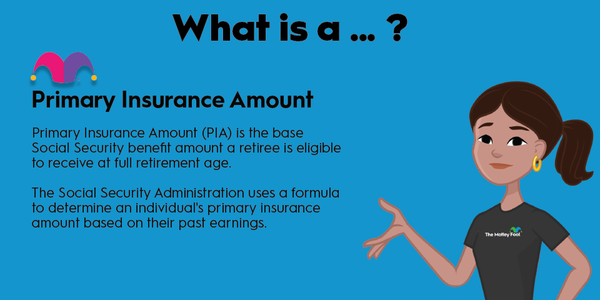Present value is a way of measuring the current value of future cash flows. It’s a financial concept that has a broad range of applications, including real estate, investing, or business management, and it is a valuable tool for making investment and capital allocation decisions.
Present value is based on two other bedrock financial concepts: cash flow and the discount rate. Calculating present value requires estimating cash flow and the discount rate.
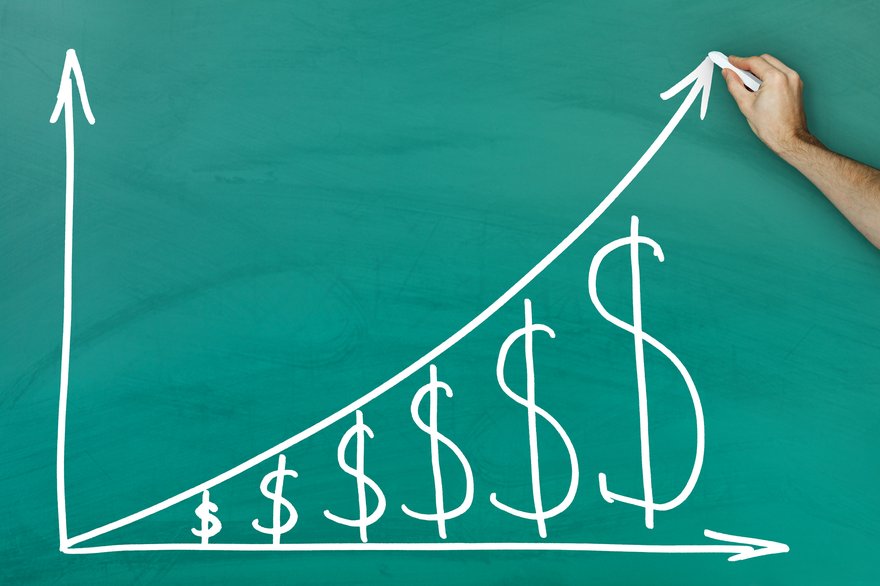
What is present value?
What is present value?
The concept of present value is based on the time value of money, or the theory that money is worth more today than it is tomorrow or in the more distant future.
Because of the time value of money, the current or present value of future cash flows is different from the sum of those cash flows. According to the logic underlying present value, you have to discount future cash flows by a predetermined rate to arrive at the present value or what they are worth in today’s dollars.
When is present value used?
When is present value used?
A wide range of financial professionals use present value. For instance, a mortgage lender might use the present value concept to determine the current value of future cash flows from a mortgage. While mortgage payments are fixed, the discount rate could vary based on outside circumstances such as rising interest rates. A lender or broker could determine how much the present value of a mortgage goes down as the interest rate increases.
Similarly, a business owner might use present value to determine which of two (or more) projects to pursue. If the projects involve different discount rates according to the cost of capital involved, the owner will have to calculate the present value of each one based on free cash flow estimations to determine the best project. The project with the higher present value would be the best choice.
Present value is also closely related to net present value, which factors in the initial investment -- the purchase of a business, real estate, or even a dividend stock -- and subtracts the outlay from the present value of future cash flows.
Net Present Value
How do you calculate present value?
How do you calculate present value?
To calculate the present value, you need to know the future cash flows and the discount rate.
Let’s say you are trying to find the present value of a five-year stream of $1,000 in cash each year, and you’ve determined that the discount rate is 5%. The formula you would use for each period is present value = CF / (1+r)n where CF is cash flow, r is discount rate, and n is the number of periods.
If you were trying to determine the present value of the cash flow above using this formula, you would get $952 for year 1, $907 for year 2, $864 for year 3, $822 for year 4, and $784 for year 5, making the total present value $4,329. This is ess than the sum of the future cash flow, which is $5,000.
A real-world example
A real-world example
Let’s say you’re a property owner deciding between two different properties to buy. Property A would cost $400,000, yield $20,000 annually in cash flow, and is assigned a 6% discount rate. Property B costs $700,000, yields $40,000 annually in cash flow, and has an 8% discount rate because the property is in a riskier area.
Through five years, the present value of the future cash flows from Property A would be $84,446. In the same period of time, the present value of the future cash flow from Property B would be $159,716.
Your choice will also depend on financing options for the purchase price and other factors, but learning the present value of the future cash flows is a good first step in any capital allocation decision analysis.
Understanding the present value concept is important for any investor or financial decision-maker. You should remember that creating discounted cash flows is often more art than science since it’s impossible to perfectly predict future cash flows from publicly traded companies or most business ventures. Still, estimating present values can help you spot undervalued stocks and prepare for the next bull market.





